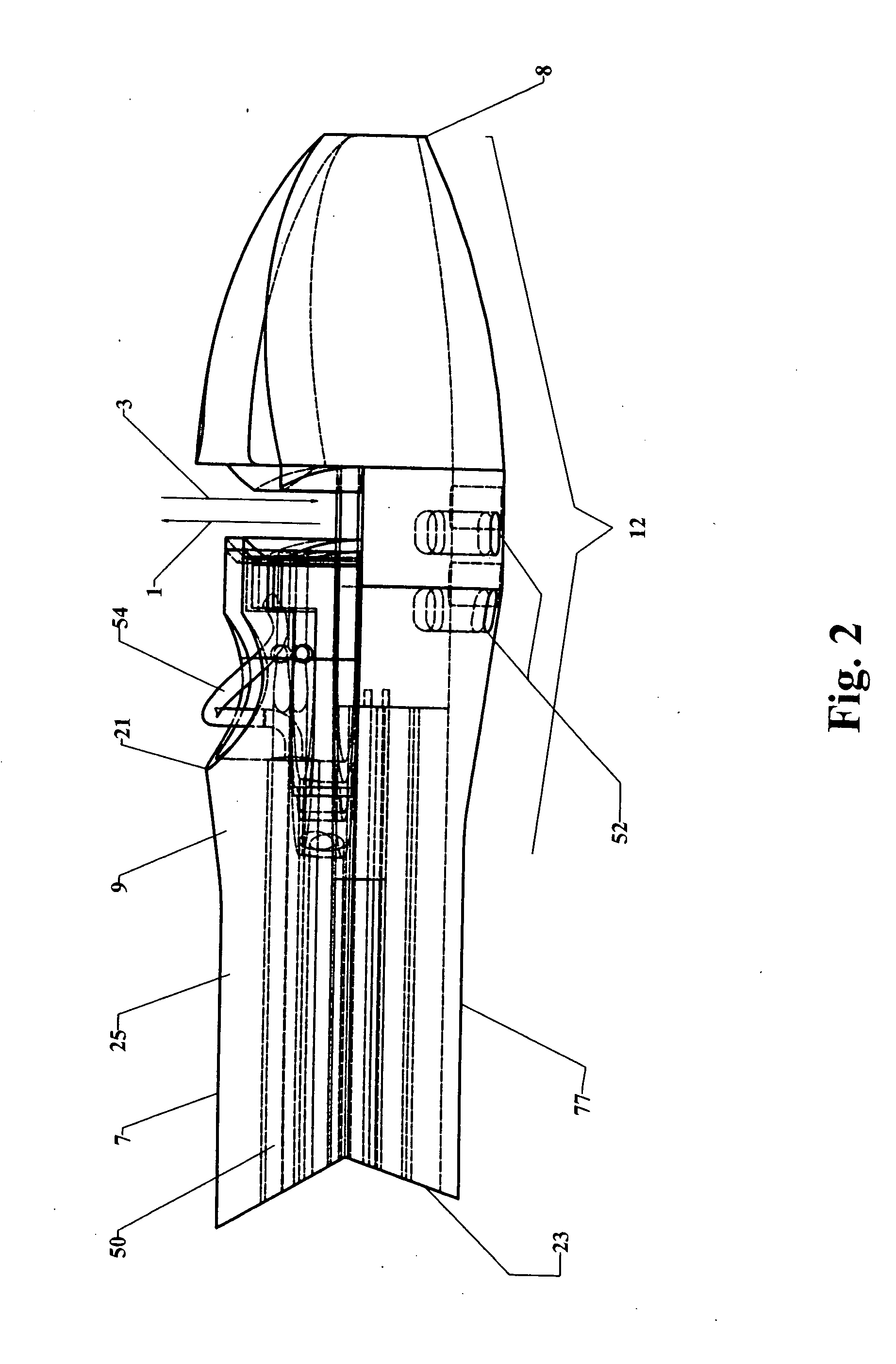Heatless blood vessel harvesting device
a harvesting device and blood vessel technology, applied in medical science, surgery, diagnostics, etc., can solve the problems of occlusion of diseases, occlusion of diseases, and occlusion of coronary arteries, so as to facilitate visualization, clear operative field, and effectively occlusion of blood vessels
- Summary
- Abstract
- Description
- Claims
- Application Information
AI Technical Summary
Benefits of technology
Problems solved by technology
Method used
Image
Examples
Embodiment Construction
[0058]FIG. 1-5 illustrate a harvesting cannula in accordance with a first preferred embodiment of the present invention. Harvesting cannula 2 is configured as an elongated, hollow, tubular structure. It is preferred that the cannula is fabricated of a transparent, biocompatible, non-conductive material such as, for example, a plastic. The cannula has an outer wall 4, a central bore 6, a distal terminus 8, a proximal terminus 10 and a longitudinal axis running from the proximal to distal terminus. Located adjacent the distal terminus, a harvesting head 12 exhibits a greater diameter relative to the remainder of the cannula and thus provides an increased central bore area. It is preferred that the harvesting head demonstrate a rounded, for example, “egg shaped” contour, as demonstrated in FIGS. 1, 2 and 3 so as to assist the instrument in effecting the above and below-described blunt dissection of tissue about the vessel to be harvested. The tubular control segment 23 is located conti...
PUM
 Login to View More
Login to View More Abstract
Description
Claims
Application Information
 Login to View More
Login to View More - R&D
- Intellectual Property
- Life Sciences
- Materials
- Tech Scout
- Unparalleled Data Quality
- Higher Quality Content
- 60% Fewer Hallucinations
Browse by: Latest US Patents, China's latest patents, Technical Efficacy Thesaurus, Application Domain, Technology Topic, Popular Technical Reports.
© 2025 PatSnap. All rights reserved.Legal|Privacy policy|Modern Slavery Act Transparency Statement|Sitemap|About US| Contact US: help@patsnap.com



